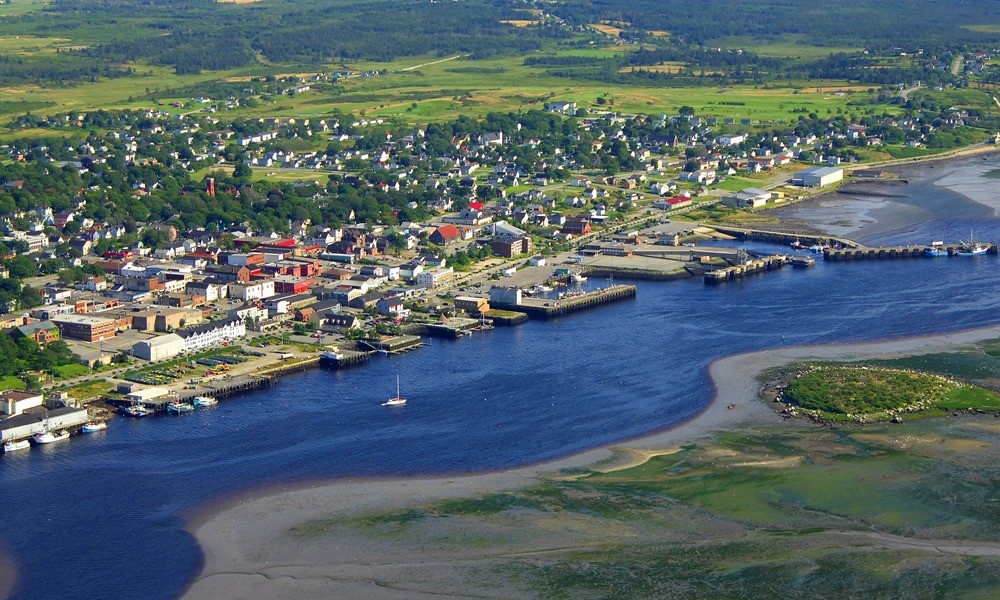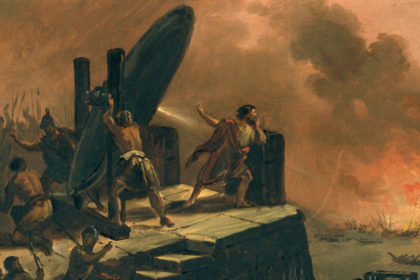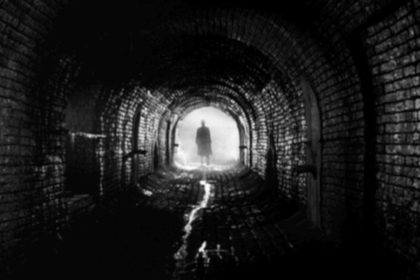Yarmouth is a port town located on the Bay of Fundy in southwestern Nova Scotia, Canada. Yarmouth is the shire town of Yarmouth County and is the largest population centre in the region. Take a look below for 30 fascinating and interesting facts about Yarmouth, Nova Scotia, Canada.
1. Long connected to fishing due to its proximity to Georges Bank, the town is located in the heart of the world’s largest lobster fishing grounds and as a result receives Canada’s largest lobster landings each year.
2. Originally inhabited by the Mi’kmaq, the region was known as “Keespongwitk” meaning “Lands End” due to its geographic isolation being located at the southwestern tip of the Nova Scotia peninsula.
3. The region may have possibly been visited by Leif Ericson. An object known as the Yarmouth Runic Stone was found at the nearby village of Overton in 1812.
4. It was interpreted by some to have been carved by Ericson, while others feel the markings are natural scratches gradually enhanced over the years. The stone is preserved at the Yarmouth County Museum & Archives.
5. The region was visited in 1604 by Samuel de Champlain, who named it “Cap-Fourchu”, meaning “forked or cloven cape.”
6. The first Europeans to make a settlement on these shores were the French Acadians.
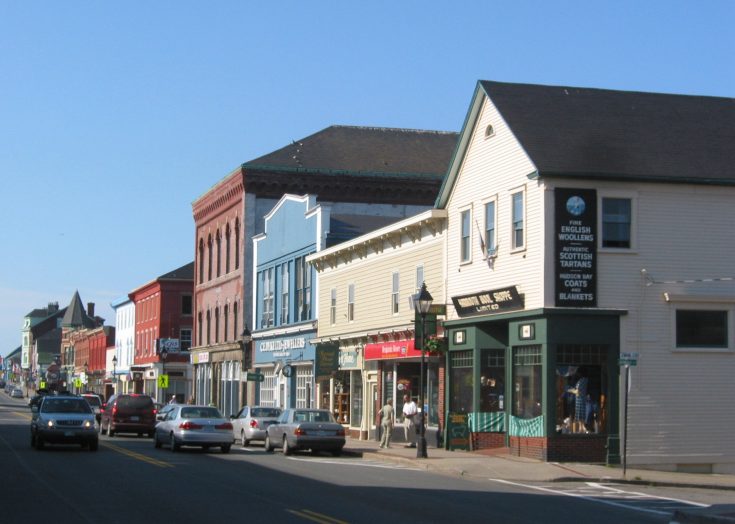
7. They set up a small fishing settlement known as “Tebouque” in the mid 17th century and by 1750 the population was 50 people.
8. During the Seven Years’ War, New England Planters settled at what is now the town of Yarmouth in 1759; the grantees were from Yarmouth, Massachusetts and they requested that Yarmouth be named after their former home.
9. Yarmouth was founded on June 9, 1761 when a ship carrying three families arrived from Sandwich, Massachusetts.
10. The ship carried the families of Sealed Landers, Ebenezer Ellis, and Moses Perry.
11. During the American Revolution, some in Yarmouth were sympathetic to the rebellion.
12. Following the war, Acadians originally from the Grand-Pré district who returned from exile in 1767 settled in the Yarmouth area.
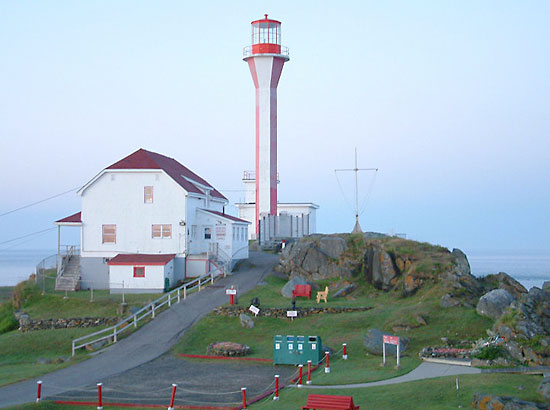
13. There were a number of inhabitants of Yarmouth who supported the American patriots. Despite the American Privateer raids in the Raid on Yarmouth, Nova Scotia (1775), the inhabitants still sheltered American prisoners after the Battle off Yarmouth (1777).
14. After the American Revolution, substantial numbers of United Empire Loyalists arrived in 1785.
15. Through the 19th century the town was a major shipbuilding centre, at one point boasting more registered tonnage per capita than any other port in the world.
16. From 1874 to 1885, Yarmouth was the second largest port of registry in Canada following Saint John, New Brunswick.
17. In 1878, Yarmouth’s tonnage peaked at 453 vessels aggregating 166,623 tons, and in 1879, the town had the second largest registered tonnage in Canada.
18. Yarmouth ships were found in most major ports throughout the world at this time, including ships noted for courageous crews such as the ship Research in 1861 and ships noted for great size such as the ship County of Yarmouth in 1884, one of the largest wooden hull ships ever built in Canada.
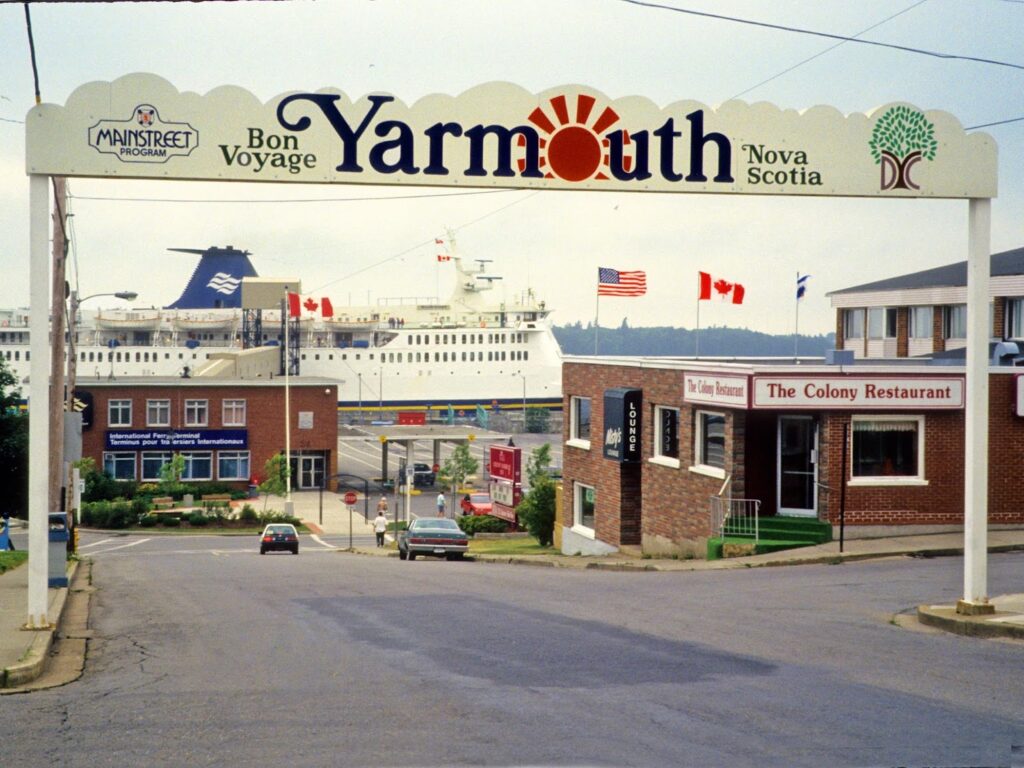
19. John Patch, the son of a Yarmouth sea captain, developed and built one of the first modern screw propeller driven ships in 1832 (4 years before John Ericsson’s patent).
20. First demonstrated in Yarmouth Harbour during the summer of 1833, Patch was unsuccessful in a patent application in that year, but he continued to improve his propeller and received an American patent in 1849 which drew praise in American scientific circles.
21. The town of Yarmouth was incorporated on August 6, 1890.
22. During the first year of the Second World War, Yarmouth was selected as the location for a British Commonwealth Air Training Plan (BCATP) facility. RCAF Station Yarmouth was originally opened in 1940 as three separate training sites (the East Camp, the West Camp and the Air Base).
23. The Western Branch of the Art Gallery of Nova Scotia is located in Yarmouth. The town is also home to the Yarmouth County Museum & Archives which preserves the history of the town and surrounding county and operates the Killam Brothers building on the waterfront. The Firefighters Museum, part of the Nova Scotia Museum system and the privately run Sweeney Fisheries Museum are also located in Yarmouth.
24. The Izaak Walton Killam Memorial house, founded in 1963, serves as the town’s public library. It is the largest branch of Western Counties Regional Library and houses the regional library’s headquarters.
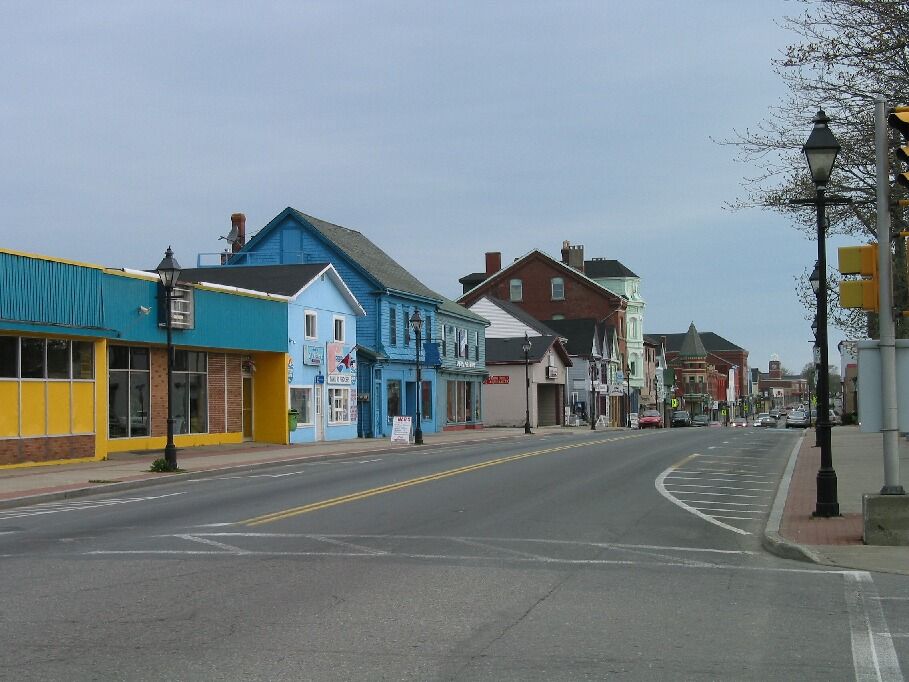
25. The Yarmouth Arts Regional Council was established in 1974, under the leadership of Lydia Davison, a local music teacher. Over the next five years, with the assistance of the Canada Council and many volunteers, the Yarmouth Arts Regional Centre (Th’YARC) was constructed on the site of a former garage on Parade Street. Th’YARC continues to operate to this day, with the 350-seat Lydia Davison Theatre, an art gallery and a print-making shop.
26. A popular but unsupported cultural belief in Yarmouth holds that the American composer Meredith Willson wrote his well-known song “It’s Beginning to Look a Lot Like Christmas” while staying in Yarmouth’s Grand Hotel.
27. In August 2004, a record mako shark was caught off the coast of Yarmouth during the Yarmouth Shark Scramble. It weighed 1,082 lb (491 kg) and set a new Canadian record. It is considered one of the largest mako sharks ever caught.
28. Seafest is an annual 7 day festival organized since 1979.
29. Yarmouth’s Main Street is marked by several distinctive Victorian commercial buildings such as the turreted Yarmouth Block Building.
30. Yarmouth has been featured as a playable location in the 2014 video game Assassin’s Creed Rogue, which takes place during the French and Indian War, and the Seven Years’ War.

